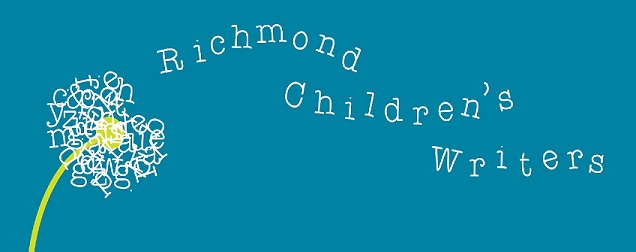What color do we see when we look at the longest wavelength of the visible light spectrum? Red. Red is visually dominant which explains why we respond to red as we do and how it can be used effectively in illustration.
Neurological studies have shown that humans react to colors at a primal level; red stimulates and attracts, makes us more alert, even aggressive. In a group of colors, we see red first. In many cultures red is considered the color of good fortune, luck and prosperity. Red also plays roles in the animal kingdom. The poison-dart frog from Ecuador and the Texas coral snake both use variations of red in their body color to signal danger. Ever wonder why bright orange is worn by hunters? Deer cannot see red or its variations but it allows hunters to more easily see each other.

So, considering all this, how does an illustrator make good use of red? One way is to clothe the protagonist in red. In Last Night, by Hyewon Yum, red is used sparingly, barely present in a story that takes place at night. But the little girl wears a red nightgown thus preserving her leading status even when other creatures are drawn much larger or dominate the action on the page.

In The Three Questions, written and illustrated by Jon Muth, red is used so sparingly that at first it only appears in the brilliant red kite that the boy flies as he plays. It symbolizes wisdom. Near the end of the book, red is used in the boy’s shirt, appearing simultaneously with the text that tells us the boy is learning the lessons the old turtle has been teaching him. Red visually binds the boy to what he has learned.

On a more direct level, red can be used to alert the reader that the action is about to move faster or become more emotionally intense, even explosive. We see this when red is used to visually represent anger or rage.
Do other colors have a range of emotions this wide or deep? I’ll explore the contributions of other colors in later posts. Keep watching!

No comments:
Post a Comment